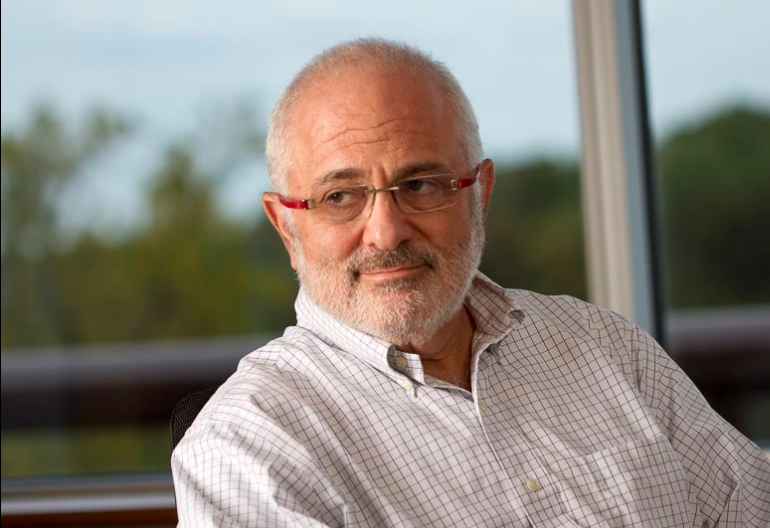One of the first principles that I learned in medical school
was that every illness has a “natural history”.
The good doctor and nurse, I was taught, only intervene in that illness
progression at the right time. Try to do
tests to diagnose or try to treat too early and you may put the person at risk and
actually harm the patient. Wait too long
and you may miss the opportunity to cure the illness. So the first task of helping anyone is to
find out where, in the natural history of disease, they actually are! That is often a first step before even making
a diagnosis, since trying to make a diagnosis for a set of symptoms that are most
likely to get better on their own accomplishes nothing except putting the
patient at greater risk. In the best
model of patient autonomy and physician-patient partnership, helping the person
understand this time basis for medicine when they are sick, tired, scared, and
impatient can be a real challenge for any health professional.
At one point in time, when the tools that medicine had to
treat someone were limited, the ability to determine where someone was in the
illness progression was almost the only skill that physicians brought to the
table. In the pre imaging, pre antibiotic,
and pre-anesthesia eras, diagnostics was limited to the doctors senses, what he could see, hear, smell and feel and therapeutics was
almost nonexistent. However that ability
to predict for the patient and the family what was likely to happen and counsel
them accordingly was critical and was often the difference between a gifted
physician and a mediocre one. The doctor
who could reassure accurately that the person would get better and who could also
say that someone else was likely to succumb to their illness would be helping
the patient and the family prepare for the next step in their life
journey.
In today’s world, thankfully we have many tools at our
disposal to positively impact the natural history of disease. However, there is still a right time within
that natural history to take action and a right time to wait and let nature
take its course. Even today, the good
doctor, nurse and therapist understands that and is able to time both the diagnostic
tests and the therapy in such a way as to maximize the benefits and minimize
the risks.
This is very difficult in practice. Patients come in with their own beliefs that
are set by our society. Physicians,
nurses and other health professionals are not immune to those cultural
norms. We live in a world of immediacy. We live in a culture and in a country in
which the central myth is that death and illness is optional: a culture that has a world view that every
problem has an immediate solution and every illness can be cured immediately if
only you could find the right doctor or the right therapy to make it happen
now! That is not reality. Even in these United States, life is a fatal
illness and the natural history of disease still holds sway. This holds true for all illnesses.
A personal example exemplifies this principle.
Someone very close to me developed an enlarged lymph node
under her jaw. She went to her doctor
who examined it and told her that while he did not think it was anything
dangerous, he wanted to watch it. He
carefully examined and measured it and arranged to see her one
month later. He told her that while it was probably a “reactive” node from some infection that
was not apparent, it might be a lymphoma or some other cancer. Even though that life threatening diagnosis
was possible, he was right to follow its natural history and evaluate it by
seeing her in a month. My relative spoke
to me every step of the way and I played the role of keeping her patient and calm
in order to allow her the maximum benefits of medical care. At that point in time, the risk of doing anything other than watching the node over time was greater
than the possible benefit of a definitive diagnosis. The doctor took a stepwise, time based
approach moving from less invasive testing to more invasive over a six month
period, all the time carefully monitoring the node to see if it enlarged or
shrunk or changed in any way. After 6
months of this careful watching and waiting, surgery was done to remove the
node with all of its attendant risks which in this case included such dangerous
outcomes as facial paralysis. Thankfully
it showed no cancer and the surgery was done without any untoward incident or
complications. The stepwise, time based
way in which the care was done was absolutely correct to minimize the risks
while maximizing the potential benefits.
The anxiety that it caused was real and my loved one needed support to manage that fear in order to obtain the value of that "best" care approach. That is the way that medicine should be practiced. Yet in our immediacy society, it rarely is
done in that way.
Thus in our impatient, immediate world, it is not enough to
stop and smell the roses. When stopping
our busy lives to experience the beauty around us is impaired by illness,
fear and whatever personal emotional issues overcome us, we need to also stop and work
with our health professionals to time our evaluation and treatment in such a
way as to acknowledge the progressive basis of care, minimize the risks of evaluation
and therapy, and maximize the potential benefits of our interactions. Only then will we, as patients, really be
getting the best care possible.



